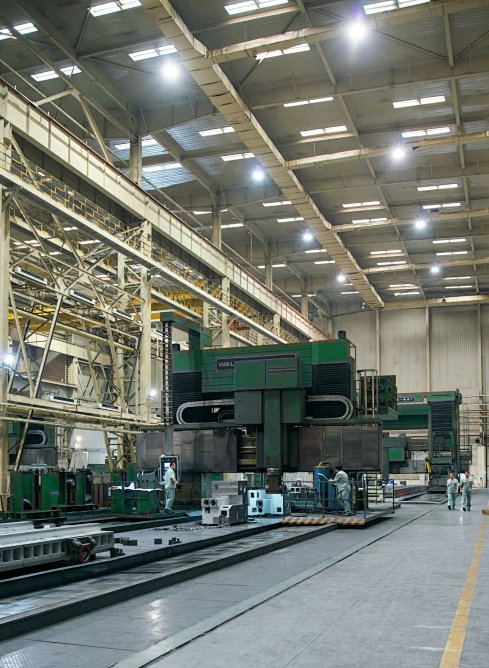Analyze the processing errors in the machining factory.
Jun 10,2020
The mechanical parts processing industry is a pillar industry of the national economy, with a very promising outlook. When processing precision mechanical parts in a machining factory, there are many requests and regulations for the processing technology to ensure the qualified rate of the parts produced.

Remove the jaws of the vise, process two M4 threaded holes, and attach two steel plates that are 1.5mm thick and flush with the jaws using 0.8mm thick hard brass plates with aluminum blind rivets, and secure them to the jaws with M4 blind screws to form a durable soft jaw. This can also protect hardware parts from being damaged and has interchangeability.
Regarding a workpiece being clamped before positioning, since clamping will definitely cause deformation of the workpiece, it should be clamped before positioning, and for 6-point positioning, find the constraints on its degrees of freedom. When the handle of the hexagon wrench is short and cannot be applied with force, a pipe slightly larger than the inner diameter of the wrench can be inserted into a milled slot to serve as a long handle.
In the mechanical manufacturing process of a machining factory, errors mainly include spindle rotation errors, guide rail errors, and transmission chain errors. The spindle rotation error refers to the variation of the actual rotation axis of the spindle at each moment relative to its average rotation axis, which directly affects the precision of the processed workpiece. The main reasons for spindle rotation errors include coaxiality errors of the spindle, errors of the bearings themselves, coaxiality errors between bearings, and spindle runout.
The manufacturing errors of the guide rail, uneven wear of the guide rail, and installation quality are important factors that contribute to guide rail errors. The transmission chain error refers to the relative motion error between the driving elements at both ends of the transmission chain. It is caused by manufacturing and assembly errors of each component in the transmission chain, as well as wear during use.
Experience in machining factories indicates that any cutting tool will inevitably wear during the cutting process, leading to changes in the dimensions and shape of the workpiece. The impact of tool geometric errors on machining errors varies with different types of tools: when using fixed-size tools for processing, the manufacturing errors of the tools will directly affect the processing accuracy of the workpiece; whereas for ordinary tools, their manufacturing errors do not have a direct impact on machining errors.
Related dynamics
Contact Us
E-mail:tjjiaxuyan@163.com
Telephone:022-68976188,13821612718
Mobile:18902087888,13802191288
Address:Fengjia Village, Duliu Town, Jinghai District, Tianjin










